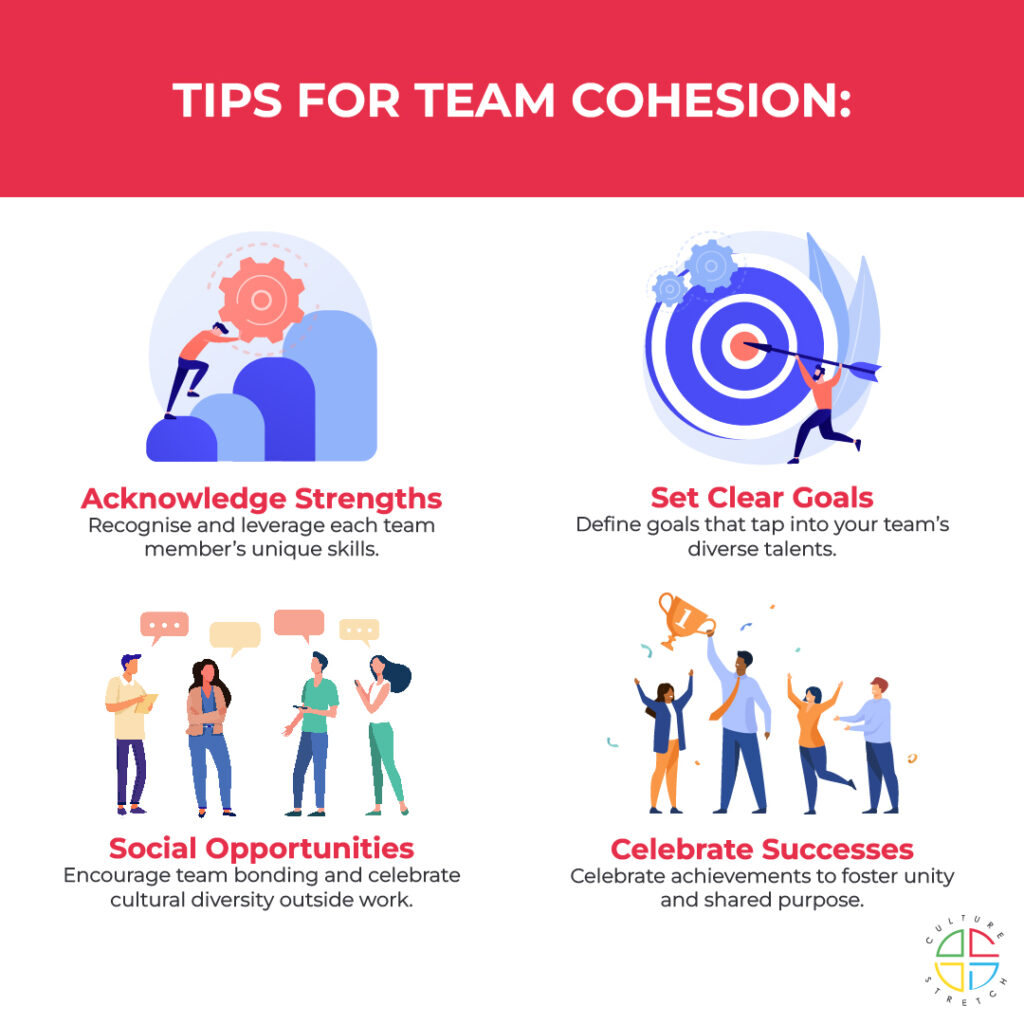In today’s interconnected world, businesses have unprecedented opportunities to harness talent from across the globe. However, managing a culturally diverse team can be challenging without a clear understanding of each culture involved. Leaders who effectively embrace cultural diversity can unlock innovation and growth within their teams.
Cultural diversity in the workplace encompasses respect for all employees, irrespective of race, ethnicity, sexual orientation, ability, language, nationality, socioeconomic status, age, gender, or religion, Leaders must strive to understand and appreciate these differences while ensuring optimal performance from every team member.
Developing Cultural Intelligence
Leadership success hinges on relationship-building, particularly within culturally diverse teams. Cultural intelligence (CQ) refers to the capability to relate and work effectively across cultures. Improving CQ involves learning about the backgrounds and cultures of your employees and being self-aware of your own cultural biases and blind spots.

Strategies to Enhance Cultural Intelligence:
Self-Awareness: Recognise how your cultural background influences your leadership style.
Education: Learn about different management styles, there may be an alternative that is better suited to your leadership style, choose one that also facilitates and allows growth within your team’s differing cultural practices.
Active Listening: Increase your CQ by asking questions and listening attentively to understand your team members better.
Adaptability: Modify your management approach to respect cultural differences, such as observing unique cultural events and holidays.
Effective Cross-Cultural Communication
Effective communication is the backbone of a successful team, particularly in culturally diverse settings. Miscommunication can occur due to differences in language, professional customs, and communication styles.
Strategies to improve cross-cultural communication:
Clear Language: Use simple, clear language and avoid slang or idioms that might not be universally understood.
Cautious Humour: Use humour carefully to avoid misunderstandings or offence.
Nonverbal Cues: Understanding and utilising nonverbal cues is essential. Effective listening and body language are key to showing you are paying attention which could enhance your likelihood of noticing when someone is frustrated or even confused. Using visual aids, such as graphics to support communication as well as language often assists when your audience is diverse in language.
Encourage Questions: Create a psychologically safe space for team members to ask questions and seek clarification.
Written Follow-Ups: After meetings, provide written summaries to ensure everyone has a clear understanding of the next steps and an opportunity to digest them and question anything that may be unclear, in a safe space, if necessary.
Fostering Trust and Inclusion
Creating an inclusive and trusting environment is essential in diverse workplaces. Studies show that employees are more committed and productive in organisations that value their cultural differences.

Steps to promote inclusivity:
Acknowledge Bias: Continually work to identify and eliminate unconscious biases in policies and procedures.
Explicit Values: Incorporate inclusion into your core company values, and bring to life behaviours that demonstrate inclusivity.
Dedicated Leadership: Appoint leaders who are passionate about inclusivity and will actively participate to involve and embrace all departments. Provide them with access to top management to ensure issues are being addressed and actions are transparent.
Cultural Education: Implement ongoing cultural training programs to foster understanding among staff and encourage participation.
Building Cohesive and Celebrated Teams
To get the best out of a multicultural team, focus on building cohesion while celebrating individual contributions. This involves setting clear group and individual goals that leverage each member’s unique skills and fostering an environment where every team member feels valued and included.

Tips for Team Cohesion:
Acknowledge Strengths: Recognise each team member’s strengths and skills and create opportunities to utilise or showcase.
Set Clear Goals: Establish goals that utilise the diverse skills within your team.
Social Opportunities: Create opportunities for team bonding and mutual understanding, celebrate cultural differences in a non work social setting regularly.
Celebrate Successes: Acknowledge and celebrate team achievements to build a sense of unity and shared purpose.
Cultural diversity, when managed well, is a significant asset for any organisation. By fostering an inclusive environment, developing cultural intelligence, and ensuring effective communication, leaders can enhance team performance and drive innovation. Embrace cultural diversity as a strategic advantage, and you will find it both professionally enriching and personally rewarding.
By following these strategies, you can start to build a high-performing, culturally diverse team that excels in today’s global marketplace.



